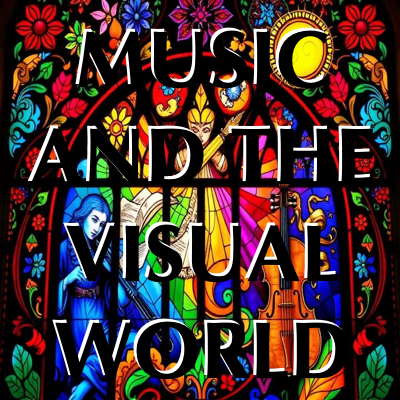 DISCUSSION: John Dante Prevedini leads a discussion about Music and the Visual World, including contributions from Celia Craig, Halida Dinova and Yekaterina Lebedeva.
DISCUSSION: John Dante Prevedini leads a discussion about Music and the Visual World, including contributions from Celia Craig, Halida Dinova and Yekaterina Lebedeva.
- Emile Jacques-Dalcroze
- Hamish Milne
- Morton Feldman
- Sir Roger Norrington
- Pachelbel
- Alicia Rytlewski: Convergence
- Eugene Goossens
- Debussy: Sonata for Flute
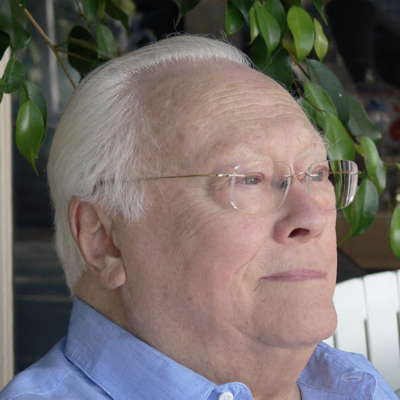 VIDEO PODCAST: Find out about composers from unusual places, including Gerard Schurmann, Giya Kancheli, Nazib Zhiganov and Nodar Gabunia, about singing in cars, and meet Jim Hutton from the RLPO and some of our regular contributors.
VIDEO PODCAST: Find out about composers from unusual places, including Gerard Schurmann, Giya Kancheli, Nazib Zhiganov and Nodar Gabunia, about singing in cars, and meet Jim Hutton from the RLPO and some of our regular contributors.
Cunningly Put Together
Debussy, Bartók and Stravinsky from
Patricia Kopatchinskaja, Mirga Gražinytė-Tyla
and the City of Birmingham Symphony Orchestra,
plus music by Kate Whitley and Eric Satie,
heard by MIKE WHEELER
This was another programme more cunningly put together than first appears - three twentieth-century giants, represented by works that saw them break through into early maturity, all in meticulously laid-out and atmospherically-charged performances by the City of Birmingham Symphony Orchestra and conductor Mirga Gražinytė-Tyla - Royal Concert Hall, Nottingham, UK, 3 May 2019.
All three works start quietly, as well - on this occasion, even quieter than that. Principal flute Marie-Christine Zupancic gave the opening solo of Debussy's Prélude à l'Après-midi d'un Faune a magically distant feel. The performance kept the details of what followed in pin-sharp focus, while also showing that clarity needn't mean a lack of sensuousness. Mirga Gražinytė-Tyla was not afraid to let the horns through for their big statement in the middle, safe in the knowledge that they wouldn't swamp everything else. John Roberts' oboe solo immediately afterwards was not only 'gentle and expressive', as marked, but had a plangent quality, too. The last few minutes had just the right hardly-dare-breathe atmosphere, with the muted horns signing off gently at the end just as I imagine Debussy intended.
Bartók's breakthrough was not so sharply defined, but his Violin Concerto No 1, the 1908 product of his infatuation with violinist Steffi Geyer, shows him clearly on the way to finding his mature voice. Soloist Patricia Kopatchinskaja produced another daringly quiet opening with her unaccompanied solo, and teased out an element of hesitancy throughout much of the first movement. There was tenderness and warmth, and a kind of serenity, towards the end. After that, she launched the second movement with a defiant show of temperament. But even as it snapped and snarled, her performance maintained a lyrical thread. The episode in which the two oboes and the soloist chase each other had genuine wit, while the wild, stamping dance that emerges towards the end was vigorously earthy.
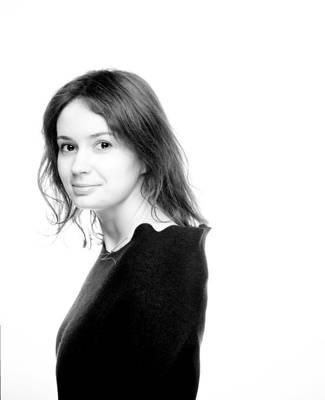
Patricia Kopatchinskaja. Photo © 2015 Marco Borggreve
For her encore Kopatchinskaja produced four newspapers from her music stand, and was joined by Mirga and two front-desk string players, Kate Suthers, violin, and Eduardo Vassalo, cello. The newspapers were the props for a bit of theatre - 'Story', the second movement of John Cage's Living Room Music, a speech-song setting of a short, typically gnomic text by Gertrude Stein. It was a wonderfully dotty moment of Cageian dadism that subtly prepared for the After Hours concert that followed the main event, more of which later. It brought the house down.
The second half was taken up with a complete performance of The Firebird, which made Stravinsky an overnight sensation. By now we were used to ultra-quiet openings, but the cellos and basses here were at the very edge of audibility, while the glissandos in harmonics that followed soon afterwards had a ghostly sheen.
Stravinsky showed with this score what a vivid story-teller he could be - a screen suspended over the orchestra kept us up to speed with the scenario - and Mirga and the CBSO followed every turn of the narrative with colourful playing just as detailed and atmospheric as in the Debussy. The Firebird's dance was springily airborne, while the captive princesses' Khorovod, or round dance, was appealingly plaintive; the isolated piano notes at the end were typical of the precision with which details were placed throughout. The sunrise was heralded by off-stage trumpets echoing round the choir seats, and the layered effects of the carillon were vividly clamorous. The evil Kashchey's appearance was aptly grotesque, with the timpani and bass drum given their head. The rhythmically incisive account of the Infernal Dance was gripping, and the final celebration rang out in splendour.
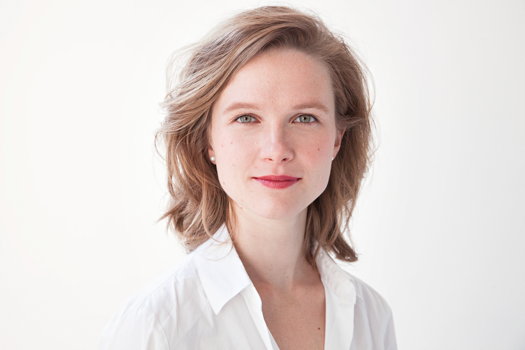
Mirga Gražinytė-Tyla. Photo © 2016 Frans Jansen
For the After Hours concert, composer Kate Whitley and pianist Richard Uttley joined forces. Whitley's new work, The Bells, composed for Uttley, is based on the keyboard piece of the same name by Byrd, the basis of what she described as 'a kind of theme and variations'. Her piece is a study in textures and resonance as much as anything, at times creating a real clamour - a distant echo of Kashchey's carillon - from the tangle of overtones explored at the bass end of the keyboard. These are counterbalanced by ravishingly soft overlapping falling scales, starting high in the treble. At one point the piece threw out hints of the phrase 'and sings a dirge for dying souls' from Thomas Vautor's madrigal Sweet Suffolk Owl, which may or may not have been intentional.
Whitley then joined Uttley at a second piano for Satie's Cinéma, written to accompany René Clair's 1924 film Entr'acte, which was screened in a restored print. Its fifteen minutes or so of Dadist knockabout features Satie himself and cubist painter Francis Picabia on the roof of the Paris Opéra attempting to load and fire a cannon, several appearances by a pirouetting ballet dancer filmed from below, a chase after a runaway hearse, and a magician able to make people disappear, including himself.
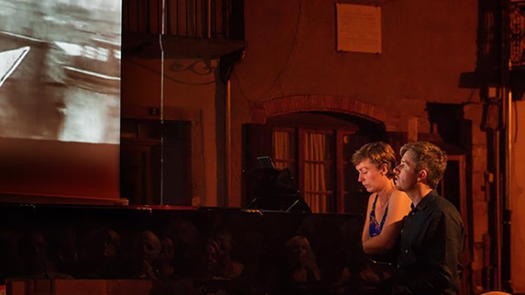
Kate Whitley and Richard Uttley. Photo © Barry Lewis
Satie's score was played in Milhaud's piano duet version, on an instrument with elements of prepared piano (in the evening's second nod to John Cage), adopting suggestions from pianist Alexei Lubimov. Satie's deadpan score, with its rondo-like shape jump-cutting between sections, is the perfect complement to Clair's free-wheeling exploration of just what the film medium could do in 1924. The plucked and percussive sounds emerging from Whitley and Uttley's playing added an extra dimension of quirkiness.
Copyright © 14 May 2019
Mike Wheeler,
Derby UK



